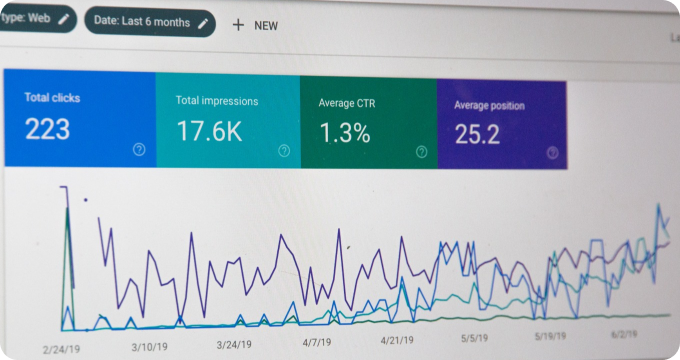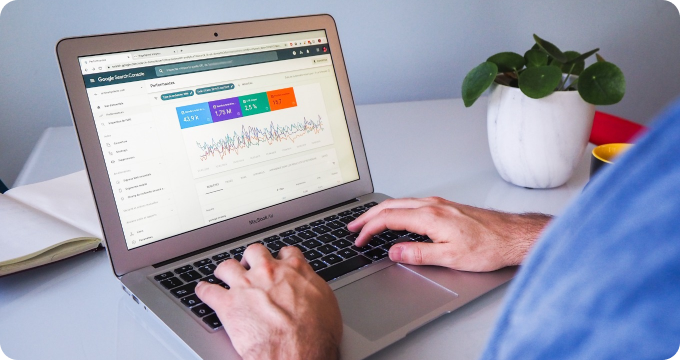How to Strategically Budget for LIMS Software in Your Laboratory
- November 25, 2023
- 3 minutes
Laboratory Information Management Systems (LIMS) are vital, specialized applications for the management and automation of laboratory workflows. LIMS software is an essential tool that significantly contributes to the efficiency, accuracy, and productivity of a lab. However, as with any substantial technological investment, budgeting for a LIMS in your laboratory requires strategic planning and foresight.
A LIMS is not a one-size-fits-all solution, and the cost of implementing and maintaining such a system can vary dramatically depending on the specific needs of your lab. Therefore, the first step in the budgeting process is conducting a comprehensive needs assessment. This involves identifying the various stakeholder groups within your lab – technicians, supervisors, IT personnel, and administrators – and understanding their specific requirements and expectations from the LIMS.
The cost of a LIMS is multifaceted and extends beyond the initial purchase price of the software. The Total Cost of Ownership (TCO) is a financial estimate that helps organizations determine both the direct and indirect costs of a product. The TCO of a LIMS includes the upfront software and hardware costs, implementation costs, training costs, and ongoing costs like maintenance, upgrades, and user support. Understanding each of these components is integral to formulating a comprehensive and realistic budget.
The upfront software and hardware costs largely depend on the specific LIMS product you choose and the level of customization required to fit your lab’s needs. Some vendors charge a flat fee for a base system while others offer modular systems where you only pay for the features you need. The cost of hardware can also vary based on whether you opt for a cloud-based or on-premise LIMS. Cloud-based systems may have lower upfront costs but may require ongoing subscription fees.
Implementation costs include data migration, configuration, integration with other systems, and testing. The complexity of your lab's workflows, the amount of data to be migrated, and the number of systems to be integrated can significantly impact these costs.
Training costs can also fluctuate based on the complexity of the system and the technical proficiency of your staff. A user-friendly LIMS might require less training, thereby reducing costs. However, it’s essential to consider that inadequate training could lead to improper utilization and decreased productivity, which may end up costing more in the long run.
Ongoing costs, such as maintenance and upgrades, often account for a significant portion of the TCO. A service level agreement (SLA) with your vendor can outline these costs and provide predictability. Similarly, user support costs should be factored in, which can include help desk support, online resources, and user forums.
To develop a realistic budget, it's beneficial to carry out a cost-benefit analysis, a powerful tool grounded in economics that compares the costs of the project with its benefits. Here, the benefits of a LIMS might include time savings due to automation, improved data accuracy, enhanced regulatory compliance, and reduced paper usage. By quantifying these benefits and comparing them to the TCO, it's possible to gain a clearer understanding of the return on investment (ROI) provided by the LIMS.
Another economic principle that can be applied to this process is the concept of opportunity cost. This refers to the potential benefits an organization misses out on when choosing one alternative over another. By choosing to invest in a LIMS, a lab might be forgoing other potential investments, such as new lab equipment or additional staff. Therefore, it’s crucial to ensure that the LIMS provides sufficient value to justify the opportunity cost.
Finally, it’s important to remember that a budget is not a static document but a dynamic tool that should be reviewed and updated regularly. Unforeseen costs can arise during the implementation process, and economic conditions can change. Regular reviews help ensure that the budget remains accurate, realistic, and reflective of the lab’s priorities.
In conclusion, budgeting for a LIMS is a complex process that requires a deep understanding of your lab’s needs, a detailed analysis of the costs and benefits, and the strategic application of economic principles. Nevertheless, with careful planning and strategic foresight, your lab can successfully budget for a LIMS that enhances efficiency, accuracy, and productivity.
Learn More
Unleash the power of efficiency and accuracy in your lab operations by diving deeper into our enlightening blog posts about LIMS software. For an unbiased, comprehensive view, the reader is encouraged to explore our meticulously curated rankings of the Best LIMS Software.
Popular Posts
-
 6 Compelling Reasons Why Your Laboratory Needs LIMS Software
6 Compelling Reasons Why Your Laboratory Needs LIMS Software
-
 Debunking 10 Myths Surrounding LIMS Software in the Industry
Debunking 10 Myths Surrounding LIMS Software in the Industry
-
 Ask These Questions to a LIMS Software Provider to Choose the Right System for Your Lab
Ask These Questions to a LIMS Software Provider to Choose the Right System for Your Lab
-
 7 Essential Questions to Ask Before Investing in LIMS Software
7 Essential Questions to Ask Before Investing in LIMS Software
-
 5 Things I Wish I'd Known About LIMS Software Before Implementing It in My Lab
5 Things I Wish I'd Known About LIMS Software Before Implementing It in My Lab






